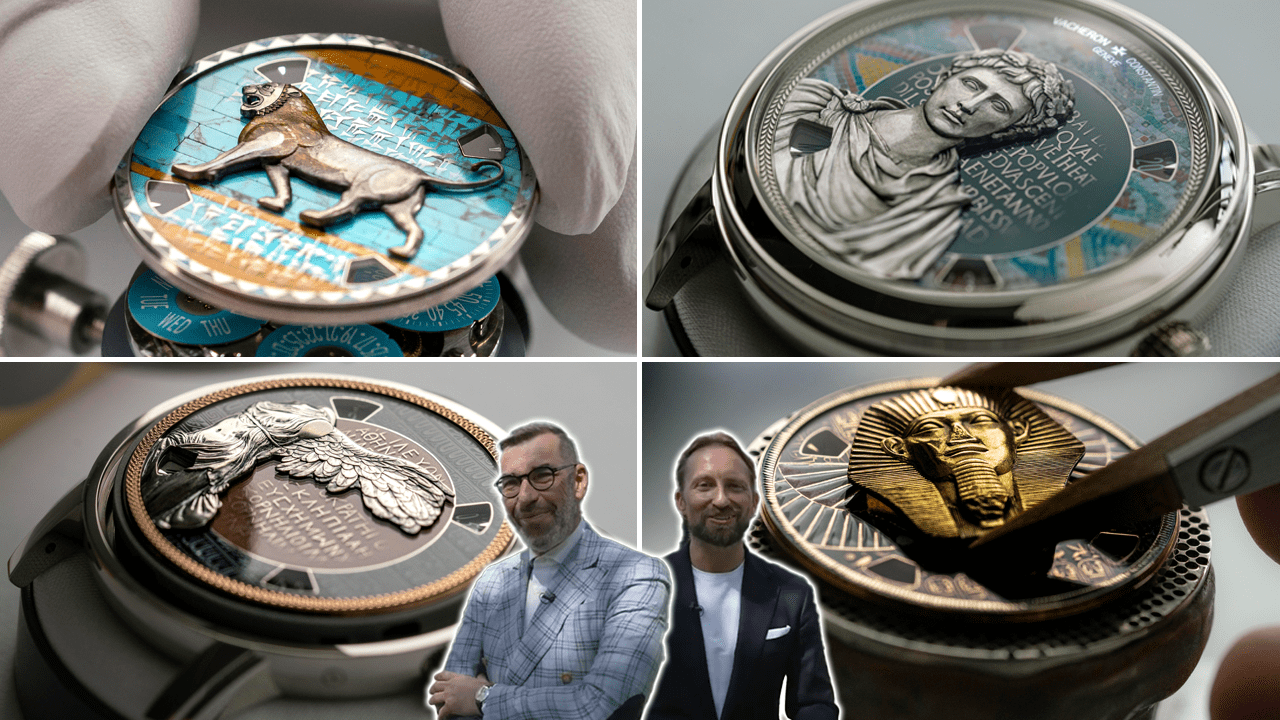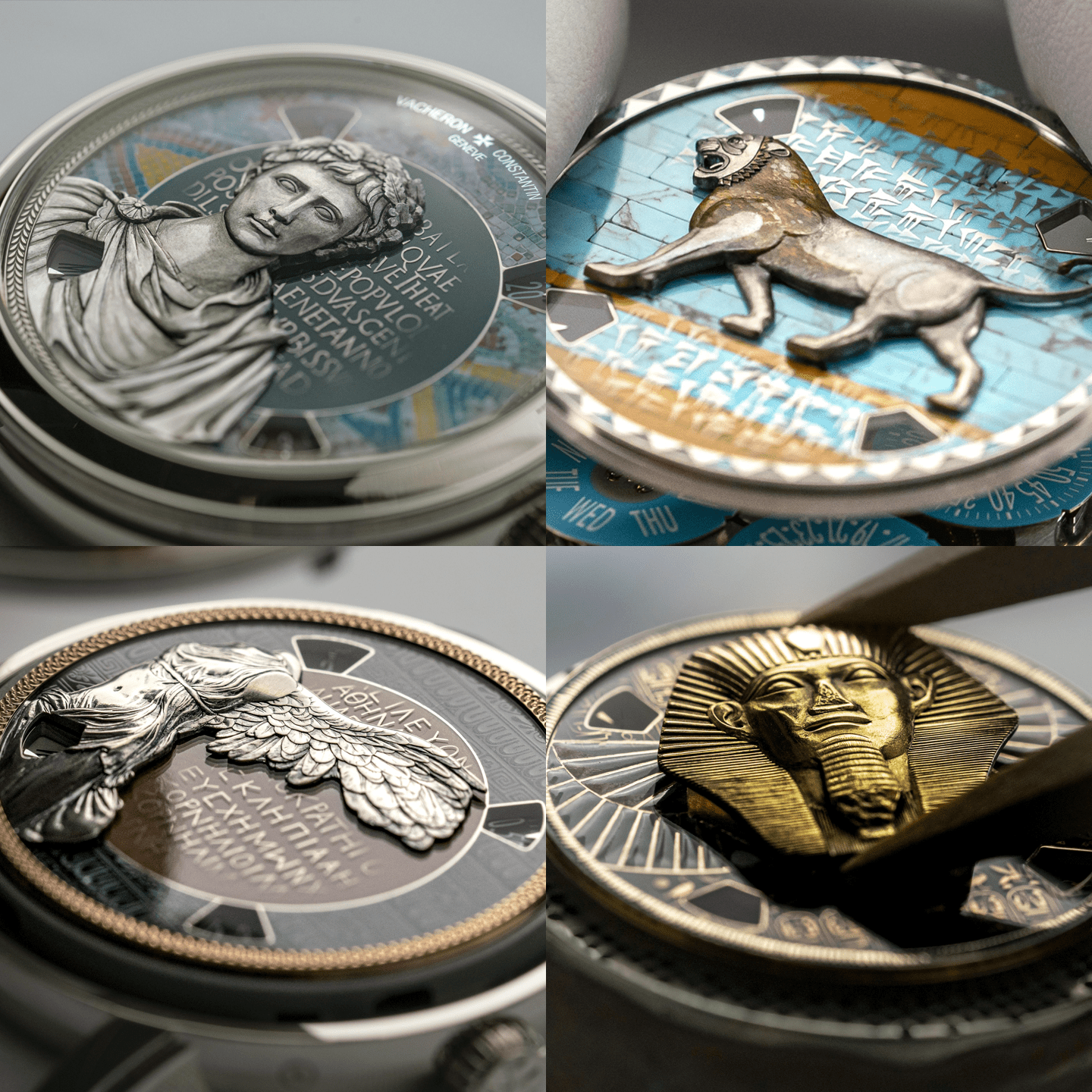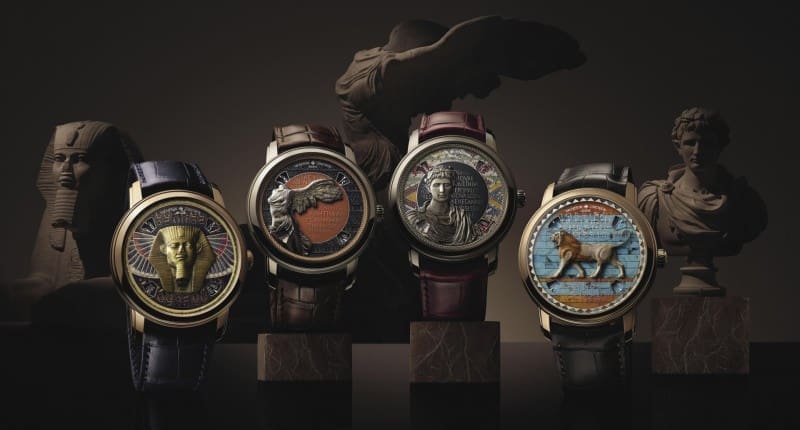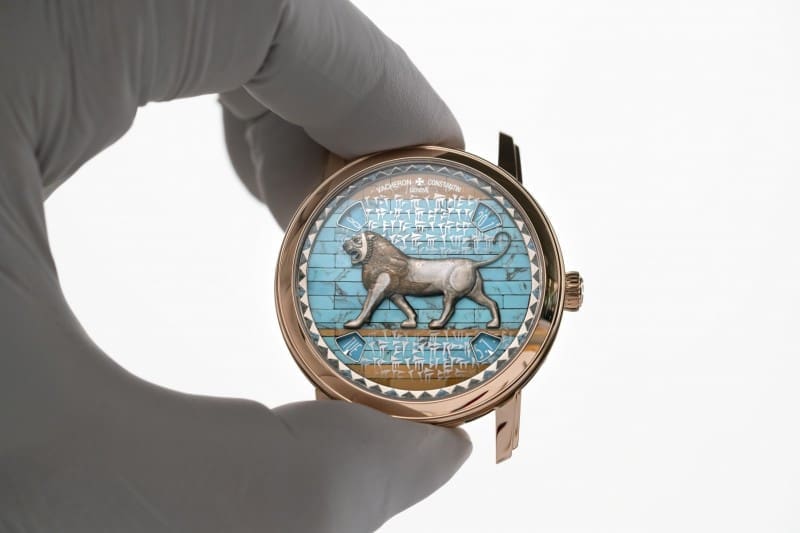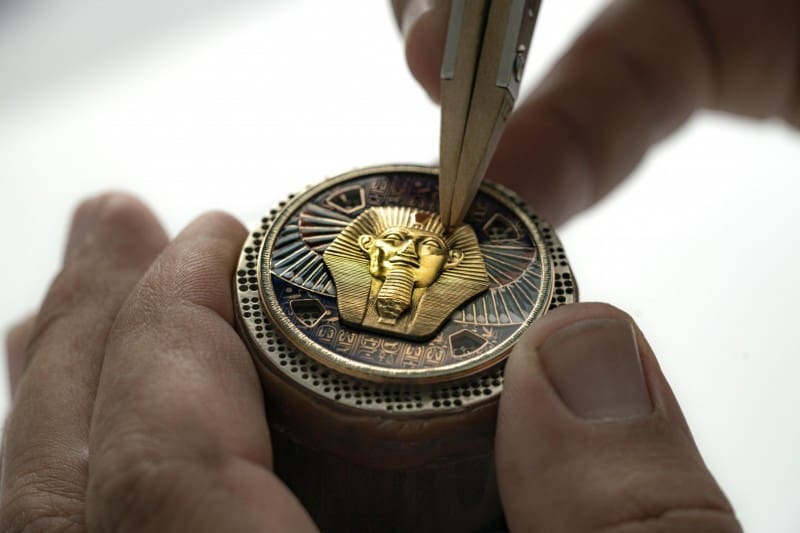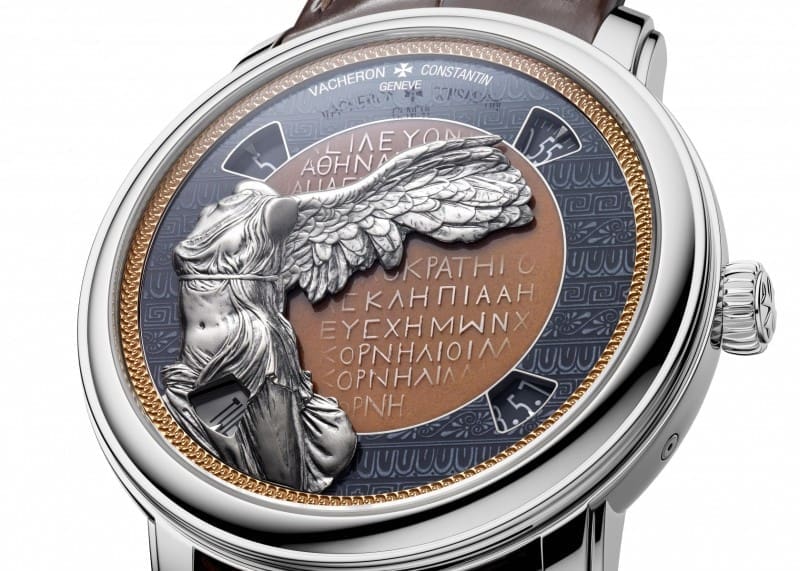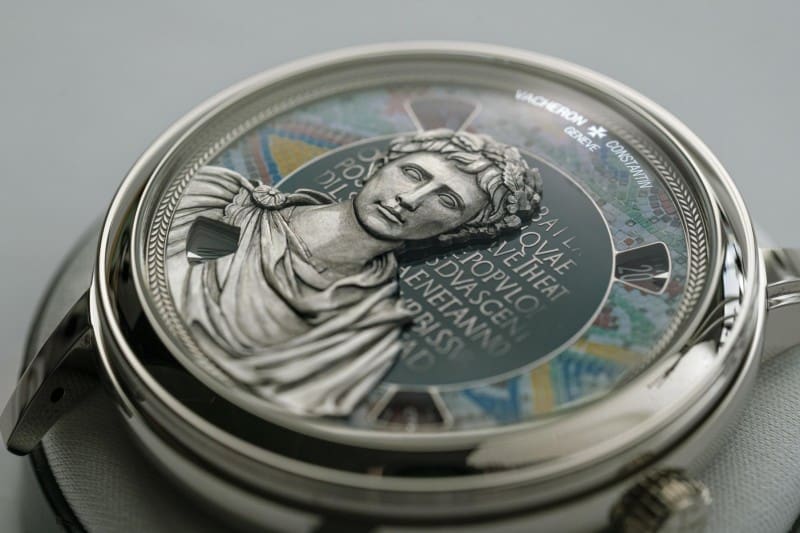INTRODUCING: Vacheron Constantin release 4 INSANE masterpieces in the Métiers d’Art Tribute to Great Civilisations
Fergus NashVacheron Constantin are one of very few watchmakers capable of creating a high-end watch instilled with so much craftsmanship and passion that it could easily belong in a museum upon release. The Métiers d’Art range is the pinnacle of what the storied brand are capable of, with fine art techniques incorporated into their construction and artistry prioritised over timekeeping. Now, in possibly their grandest release yet, Vacheron Constantin honour some of the pillars of the modern word with the Vacheron Constantin Métiers d’Art Tribute to Great Civilisations.
To be clear, Vacheron Constantin are not entirely alone in this project. The Louvre Museum in Paris is home to some of the greatest artworks in human history, and their collaboration with a watch brand is a sign of just how well-respected Vacheron Constantin are. After Vacheron restored an 18th century clock owned by King Louis XV, the pair announced a three-year partnership. Their first journey together was in 2020, where an auction with Christie’s gave the highest bidder a chance to walk around the Louvre and pick any artwork of their desires to be recreated on the dial of a custom watch (with the exception of the Mona Lisa). This new collection makes the choice to represent four ancient cultures that have changed the course of human history: Persia, Egypt, Greece and Rome.
Each watch features an engraved centrepiece that replicates an exhibition within the Louvre Museum, with a litany of meticulously crafted details that help evoke the artwork as well as the culture itself. The first honour is paid to Darius the Great of Persia, with the recreation of a carved frieze that stood at the gates of his palace in Susa. The designers have recreated the glazed brickwork as the backdrop of the dial, with a sapphire layer showing cuneiform text, the wedge-shaped characters used in Persian’s ancient writing system. The white gold lion engraving is given a slight patina to symbolise the age of the work.
The next watch is perhaps the most instantly recognisable, proudly depicting the Sphinx of Ancient Egypt. Surrounding the golden visage are intricate enamelled falcon wings, pulled directly from the top of a sarcophagus. Similarly to the cuneiform of the previous watch, golden hieroglyphs are also scattered around the dial on a sapphire layer.
Ancient Greece is the birthplace of modern democracy, theatre, and philosophy as we know it today, and the Winged Victory of Samothrace is one of the Louvre’s most treasured relics from this era. Presented off-centre above a display of Ancient Greek text and patterns, the headless sculpture exudes the immense power of the goddess Nike.
Finally, the fourth watch pays tribute to Ancient Rome, one of the first global superpowers. Capturing the sophisticated side of Roman culture, a micro-mosaic dial paves a winding pathway of decoration below another off-centre engraving of the bust of Caesar Augustus, the man who reformed the Roman Republic into the Roman Empire.




